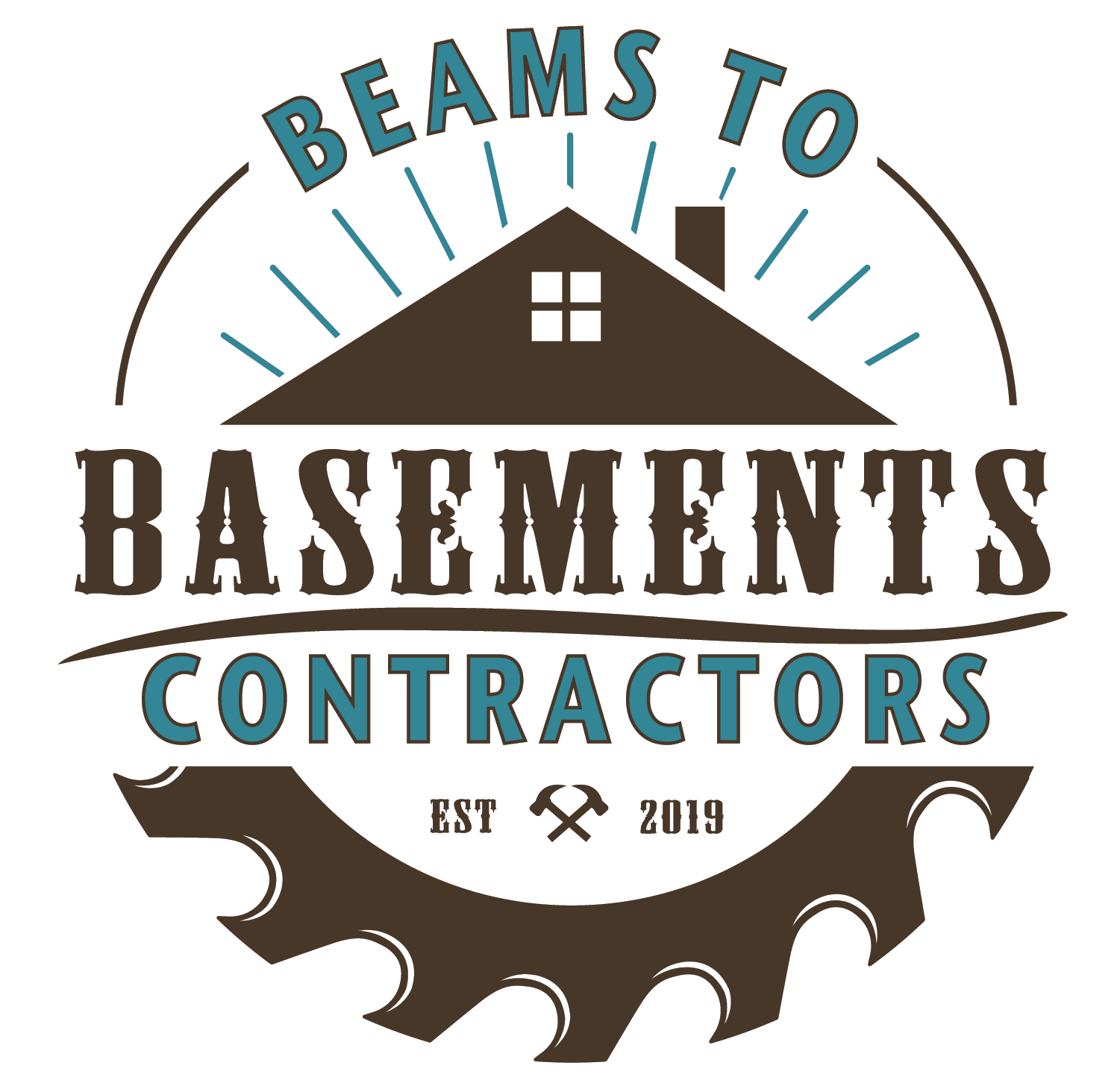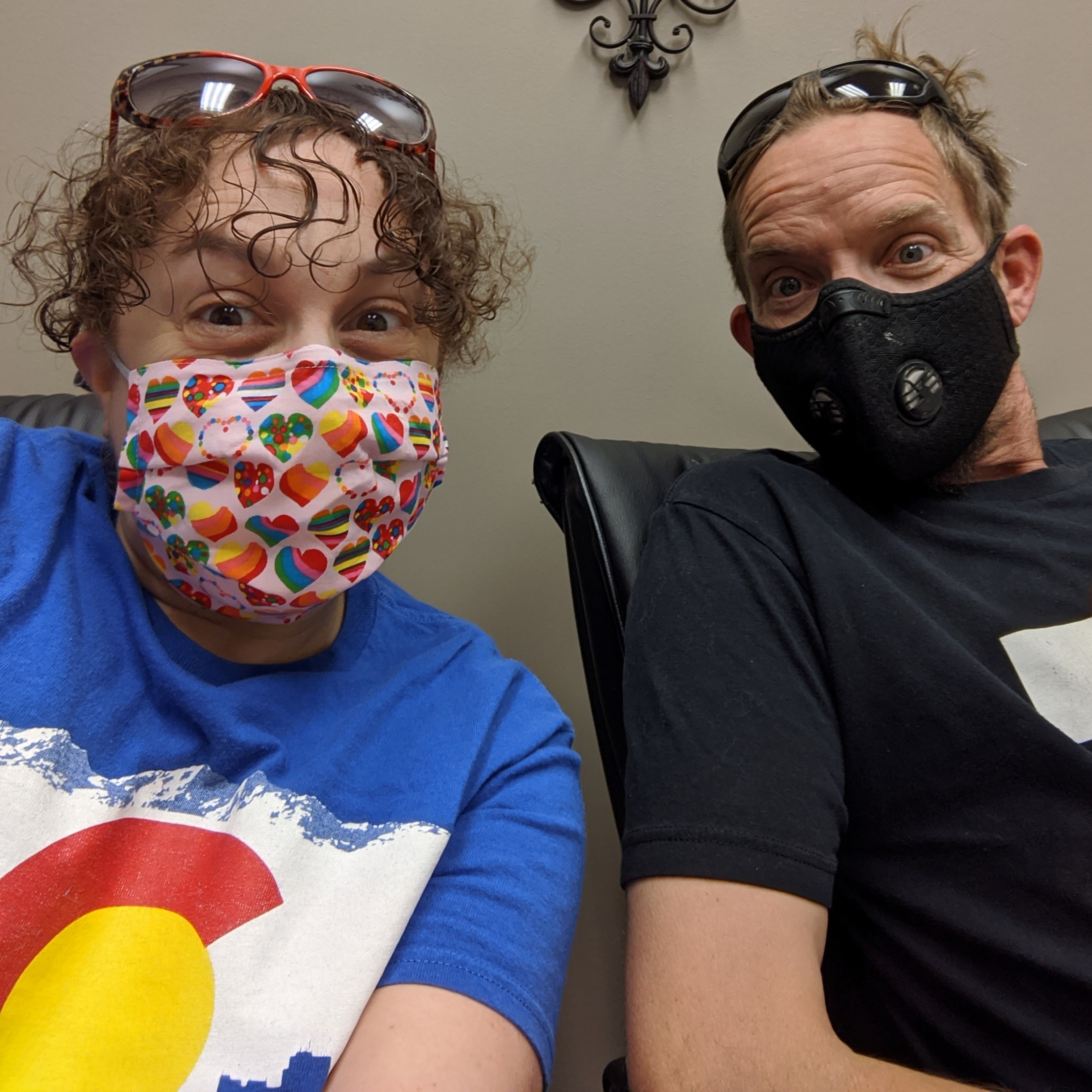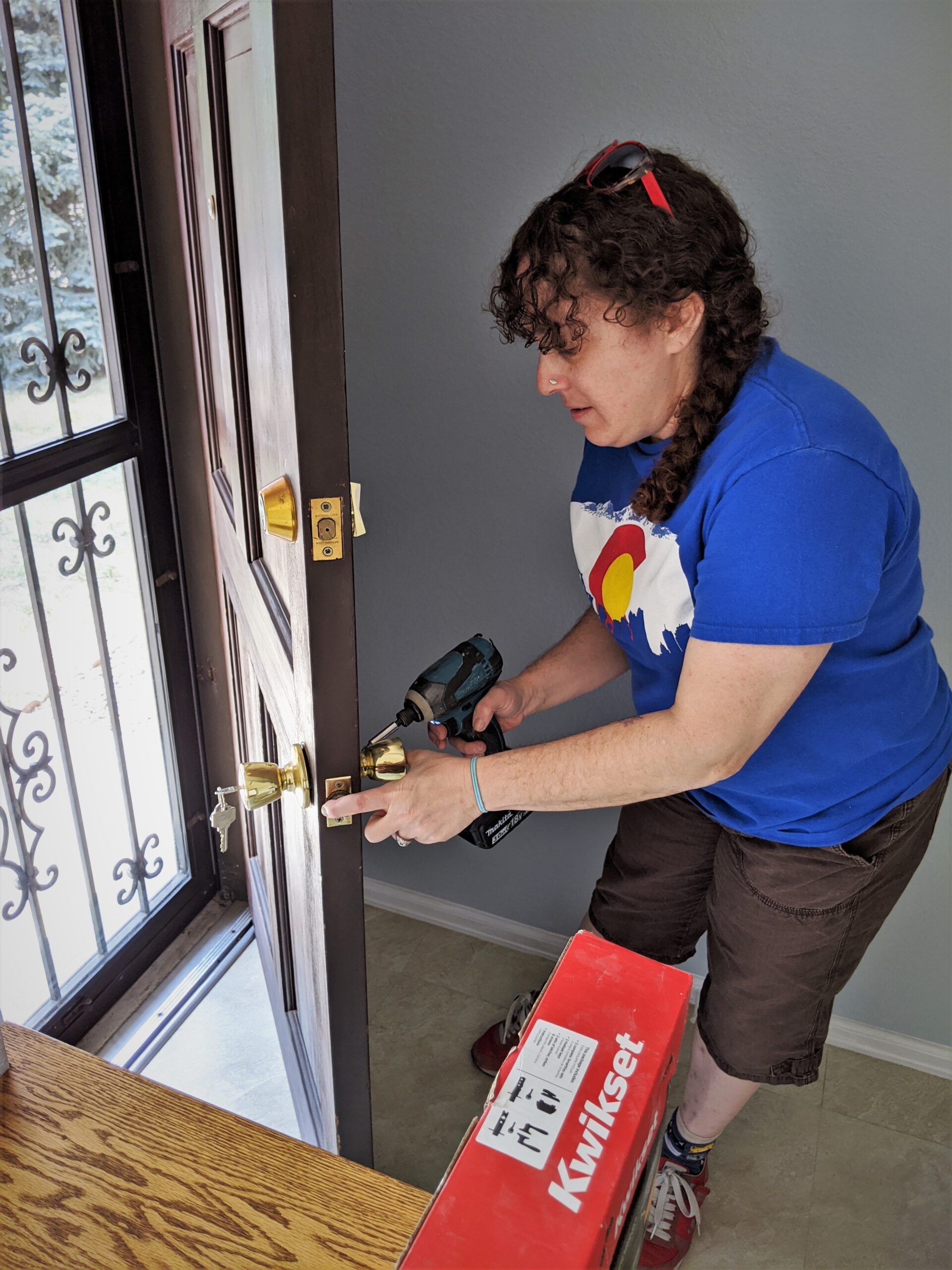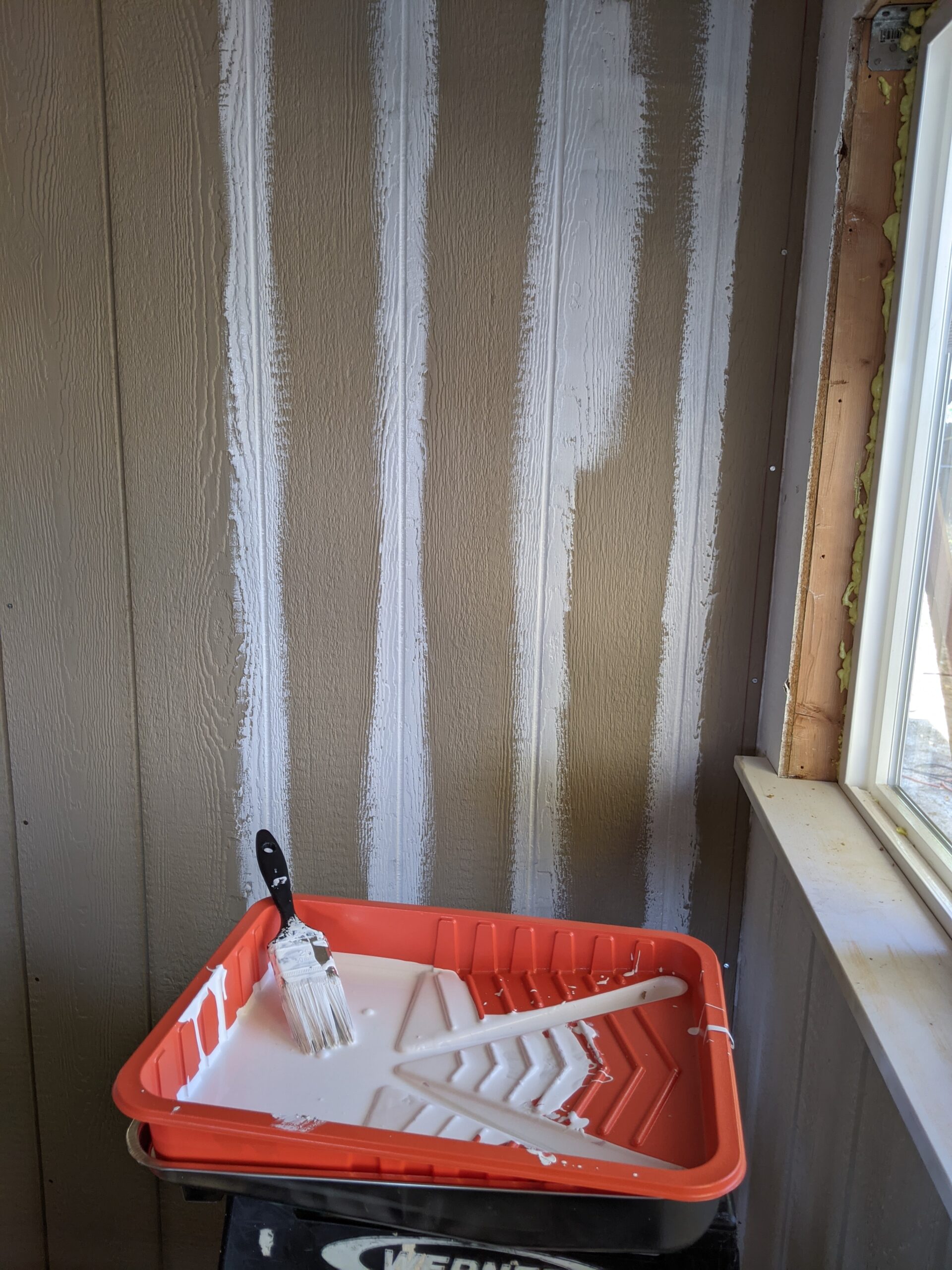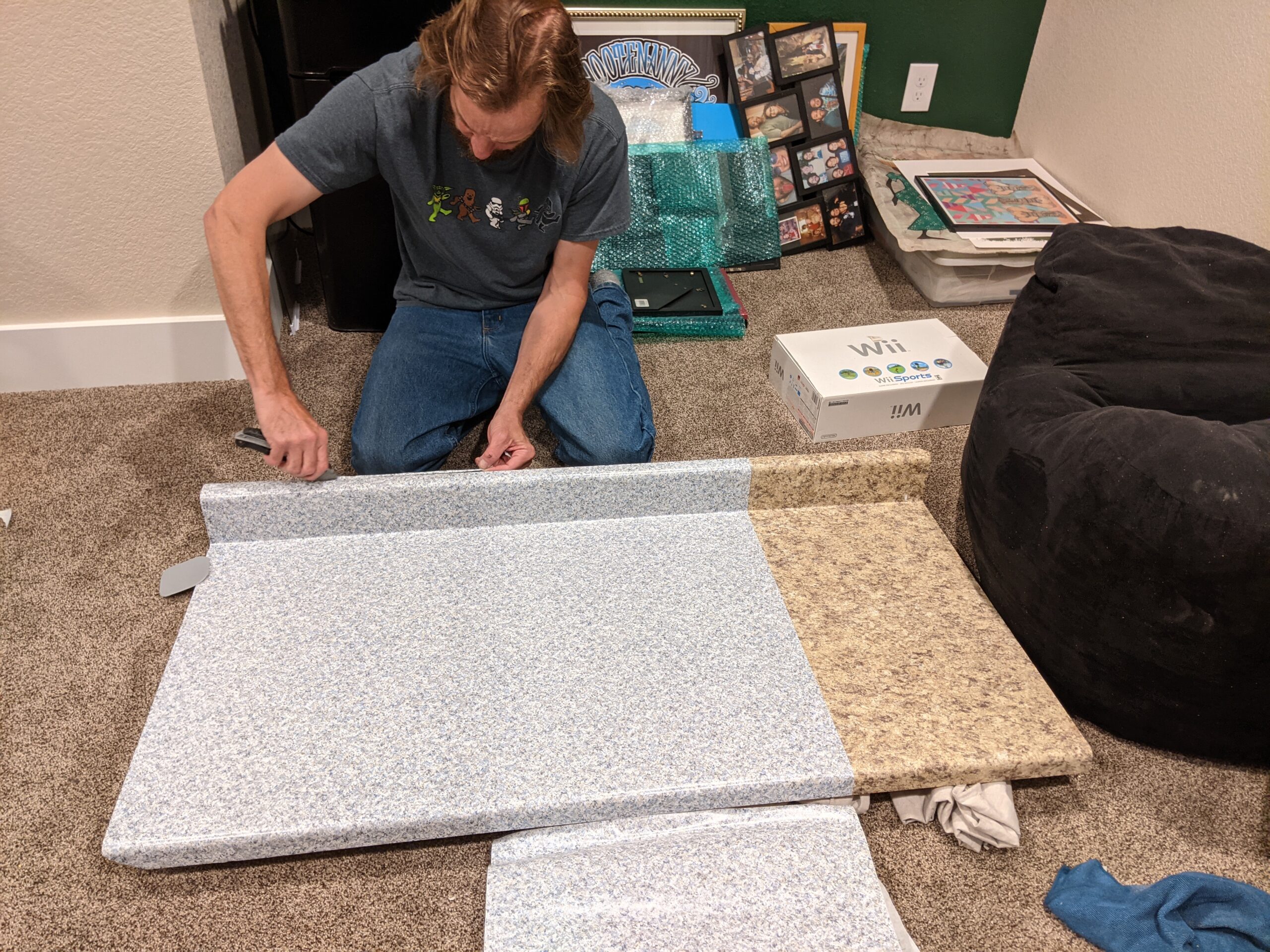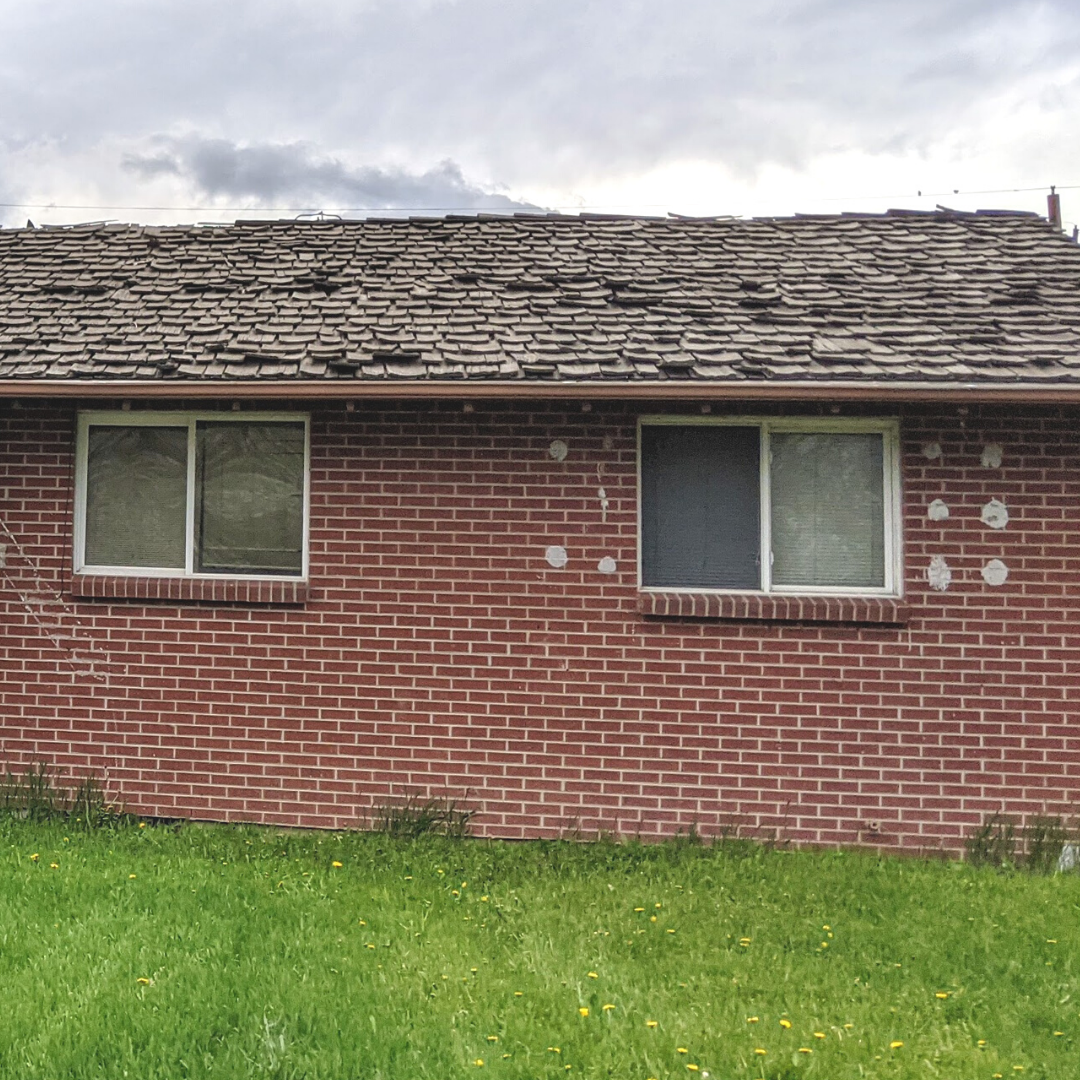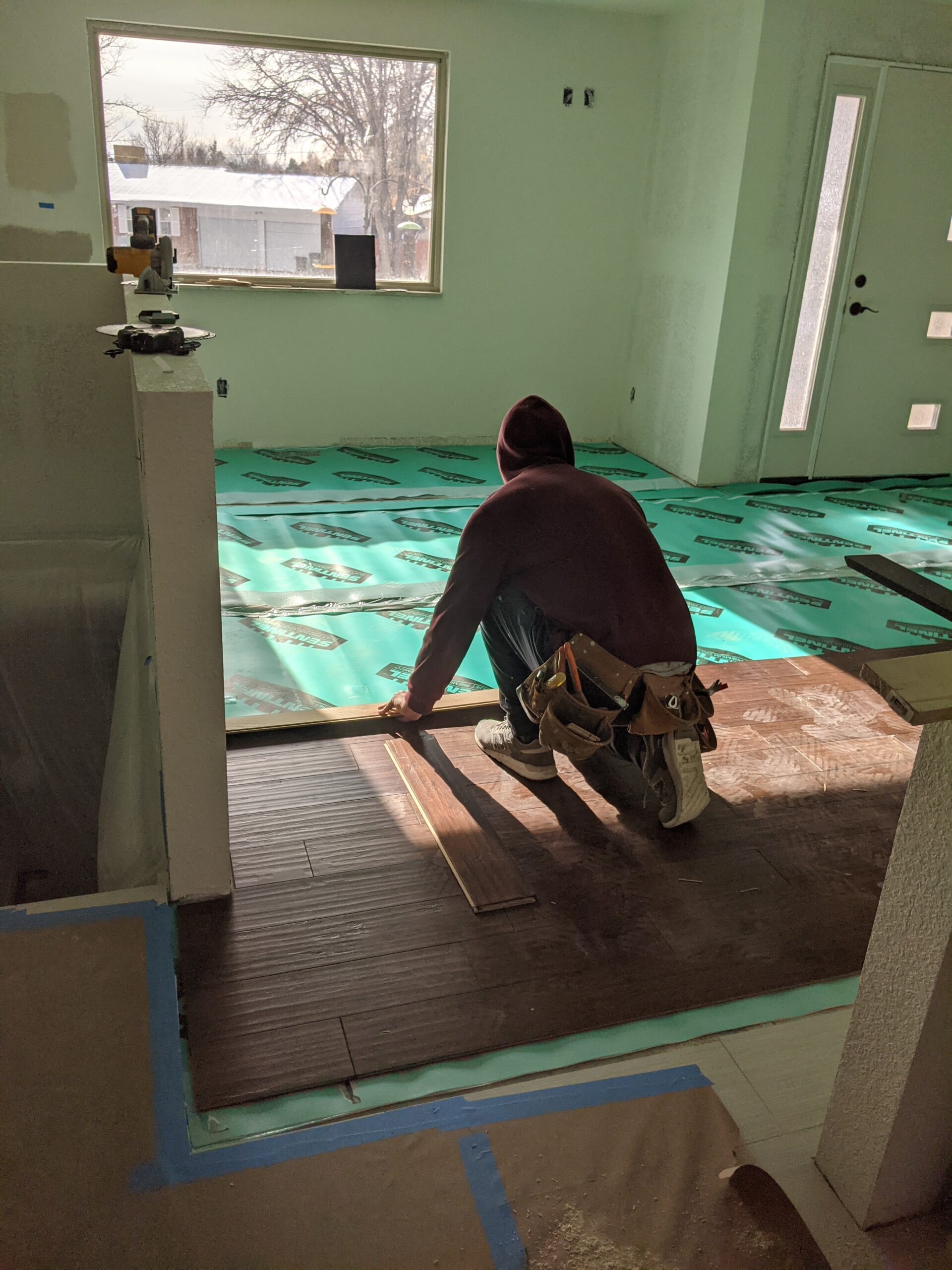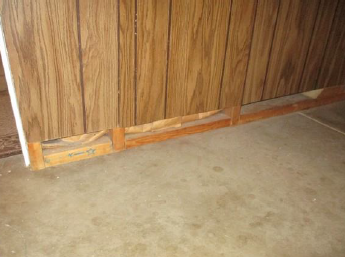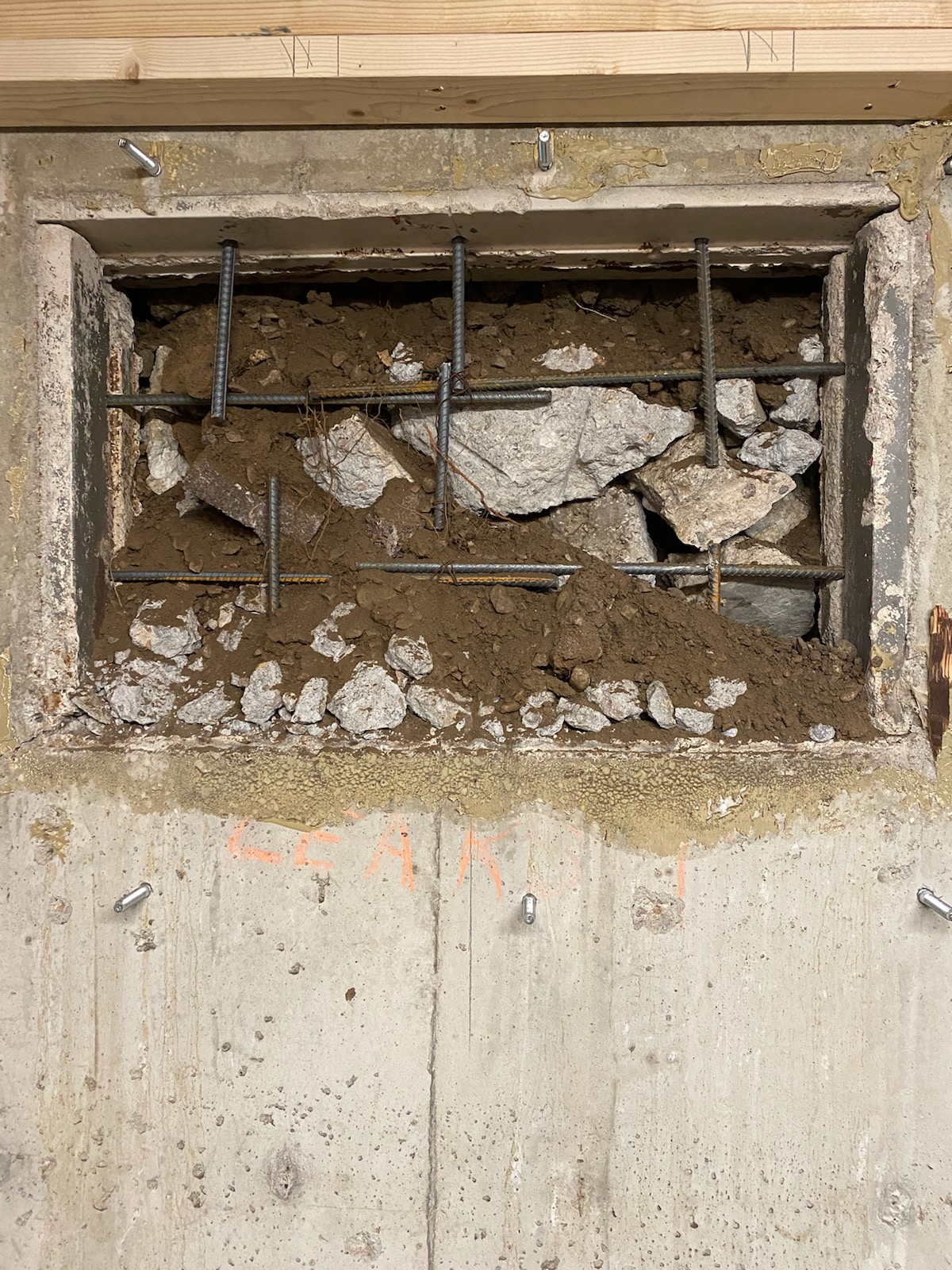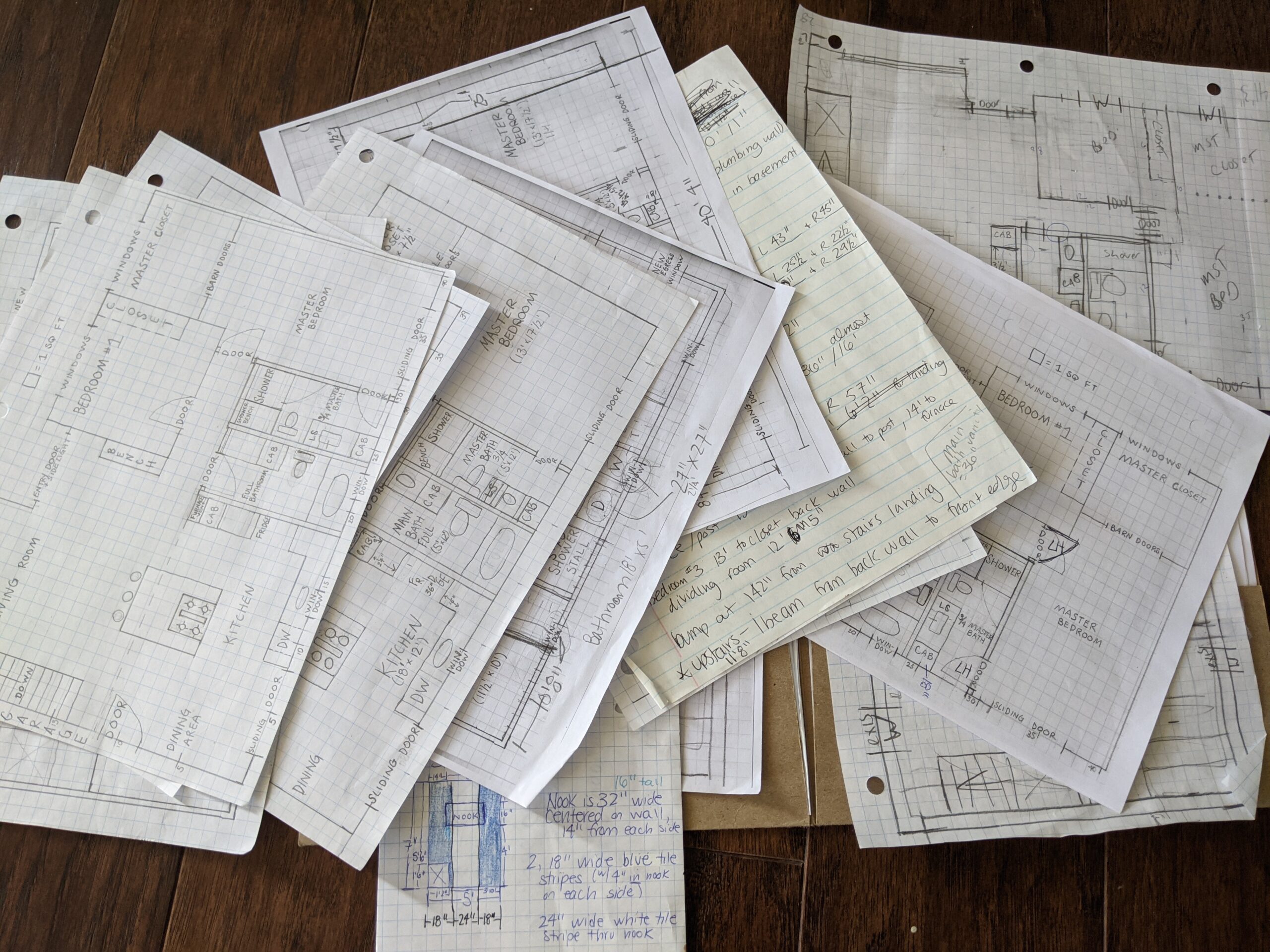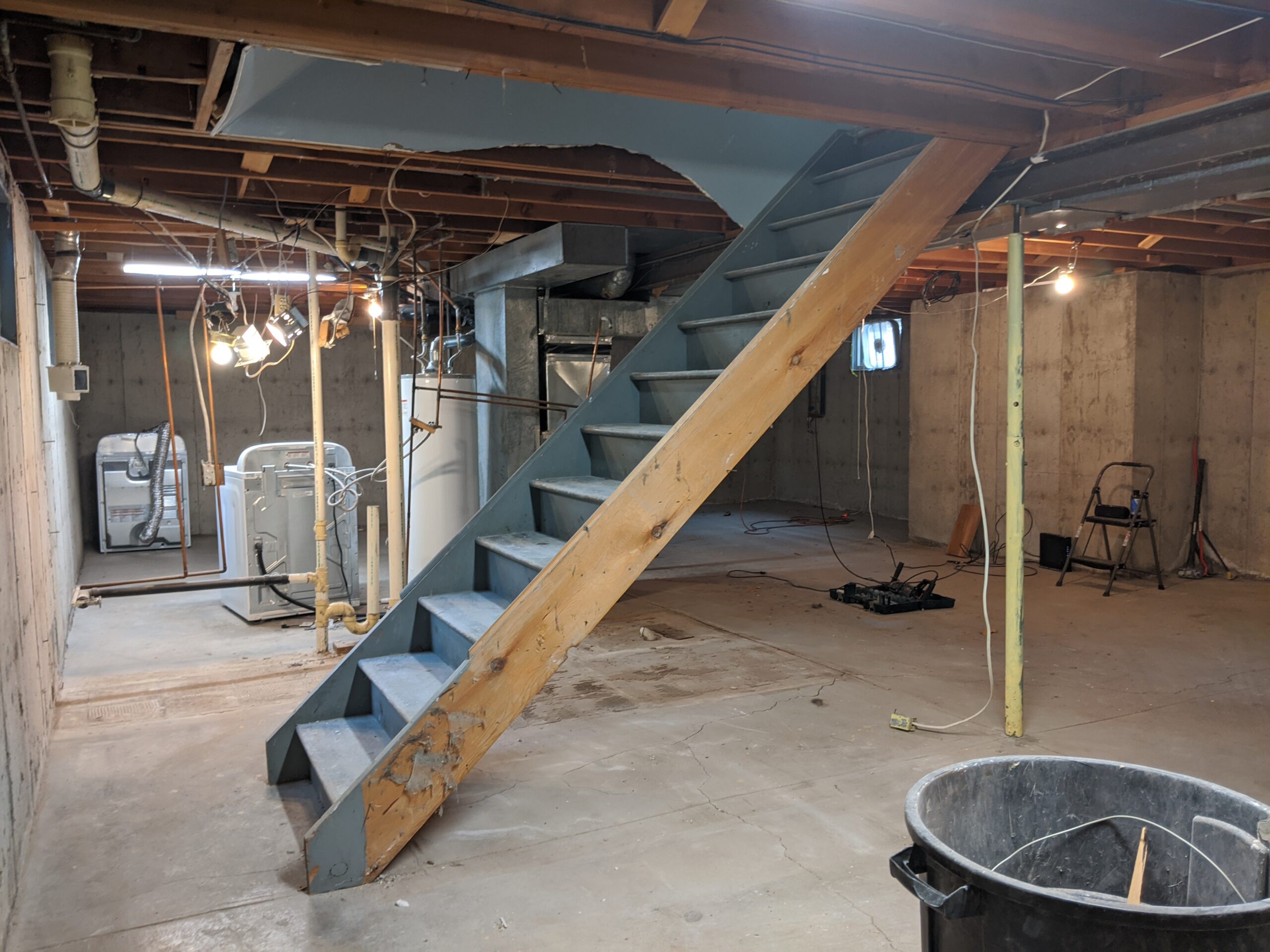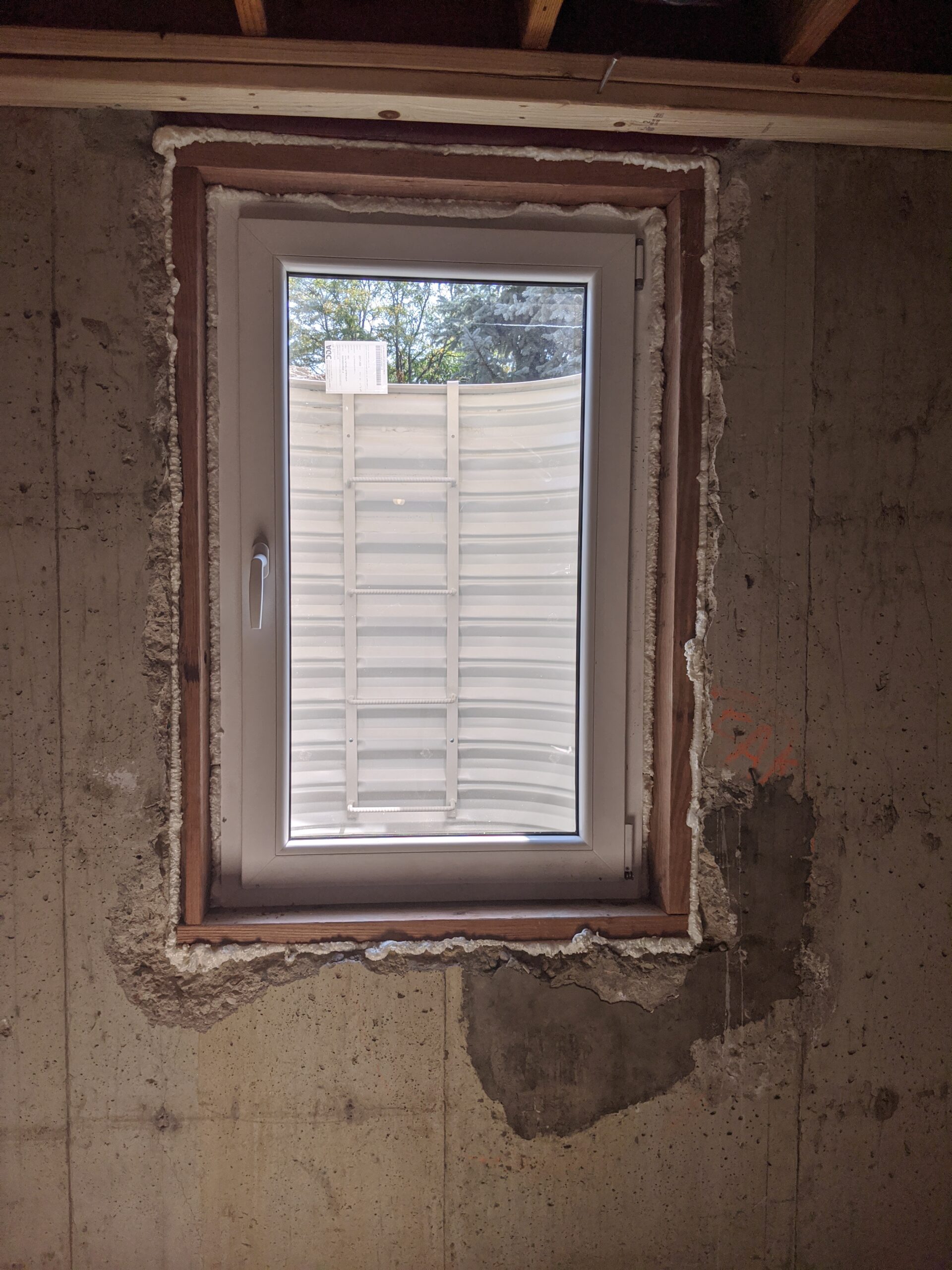Story #3
As first-time homebuyers, we didn’t know what to expect on our closing day. We didn’t even know that “closing day” was the name for the day you officially buy your house. Luckily, our loan officer, Jessica Nicolella, and realtor, Laura Gray, explained the timeline and guided us through all the steps from pre-qualifying for a loan to getting the keys to our first home. (More about these incredible professionals and the home buying process in future stories.)
We were emotional on our closing day — excited, nervous, proud, and eager to get started. Here are the highlights from that day.
- The first big thing we did was give the title company a cashier’s check for a lot of money — the downpayment and other closing costs— to buy the house. Because of the rules to slow the spread of the coronavirus rules, we and the escrow officer (a neutral third party who facilitates the real estate transaction) wore masks at the closing table and our realtor, Laura, could only join us at the end (in a mask, too, of course). We left with a stack of official documents and the keys to our new home.
- We drove directly to the house and immediately changed the locks on the front and back doors, as well as the keypad code for the garage door. The sellers seemed trustworthy, but they may have lost track of people who had keys to their house or not even known about copies made by neighbors, dogwalkers, cleaners, or other people who may have checked on the property. This quick step gave us instant peace of mind that we can control access to our house, now.
- Hardwood floors are very popular and expensive, so we hoped to find original oak floors beneath the carpet and tile. Watch the video for the reveal of what we found.
HOMEOWNER TIPS
As general contractors, we’re responsible for planning ahead for our projects. This is true for our own home renovation, too. Although your first day may look different from ours, especially if you’re not remodeling, we wanted to share what we brought with us to be prepared.
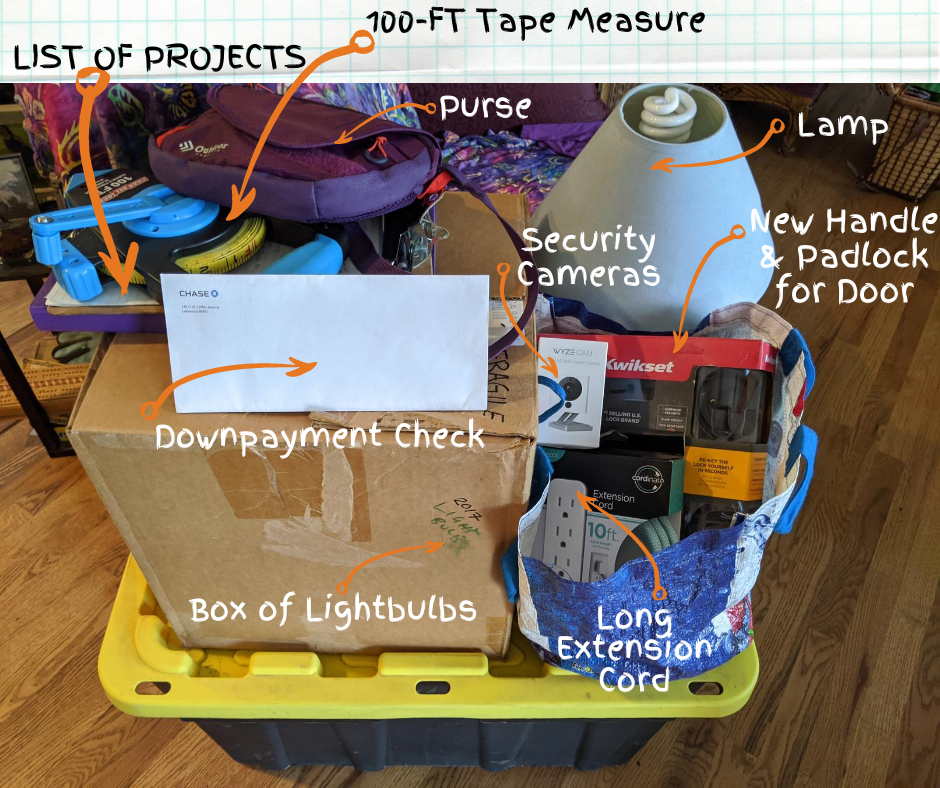
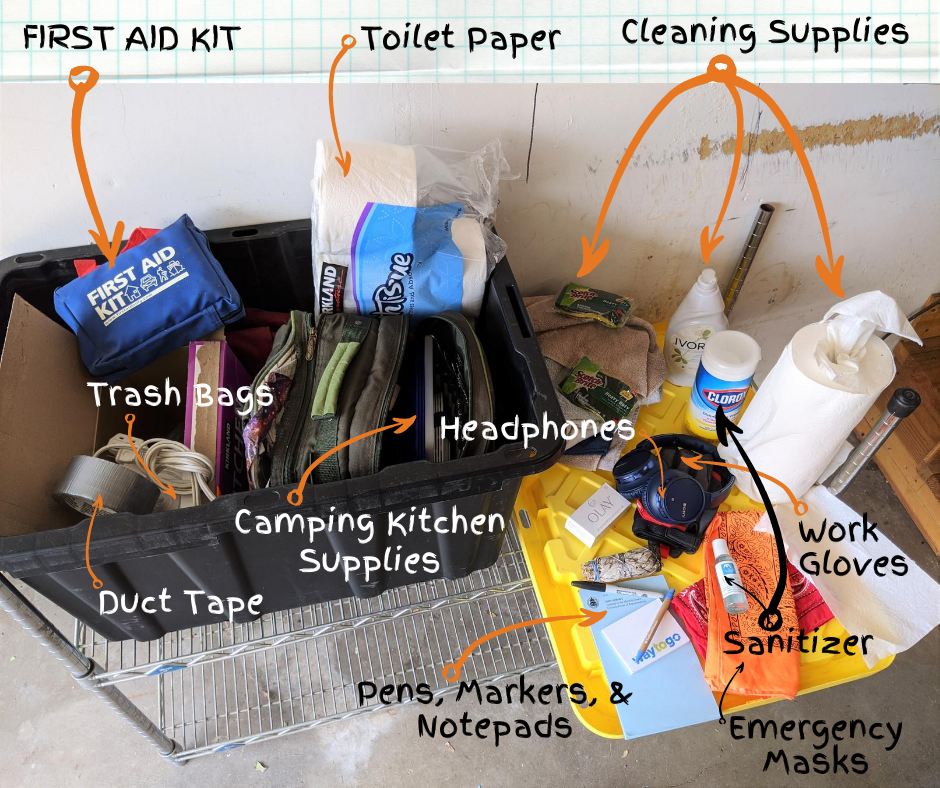
- List of Projects on my clipboard to organize notes & questions
- 100-FT Tape Measure to take measurements for our remodel plans and whether our furniture will fit in rooms
- Purse with personal things like my ID (needed for closing), wallet, phone, & keys to the house we’re still living in
- Downpayment Check with closing costs in secure funds like a cashier’s check, made out to the Title company
- Lamp, Lightbulbs, & Long Extension Cords to make sure we can still have lights and power as we remodel
- New Door Locks & Wi-Fi Cameras to make our new home secure
- First Aid Kit
- Toilet Paper (Ahem! Lady on the jobsite)
- Cleaning Supplies, Trash Bags, & Sanitizer are useful no matter what condition the house is in when you move in
- 2 Bandanas for Emergency Masks for unplanned meetings with contractors during COVID-19 (in case we don’t have our masks)
- Work Gloves to protect my hands during the remodeling projects & moving in
- Pens, Markers, & Notepads for endless lists & labeling materials
- Bluetooth Headphones for music & podcasts without wires getting caught on everything
- Duct Tape to fix everything!
- Camping Kitchen Supplies for eating until we unpack our kitchen
OTHER STORIES
